The Toro-Semuliki Wildlife Reserve: What You Need to Know. A Hidden Jewel of Uganda’s Wilderness
Tucked between the Rwenzori Mountains and the sweeping lowlands of the Albertine Rift Valley, the Toro-Semuliki Wildlife Reserve stands as one of Uganda’s most underrated yet captivating destinations. While names like Murchison Falls and Queen Elizabeth often steal the spotlight, this reserve quietly holds a charm that appeals to those who seek an unspoiled, immersive wilderness. It is a land where savanna meets rainforest, where open plains fade into lush woodlands, and where rivers snake their way through fertile valleys, nourishing both wildlife and people.
The reserve is among the oldest conservation areas in Uganda, established as the Toro Game Reserve in 1926, before being renamed Toro-Semuliki Wildlife Reserve. Its longevity has ensured a landscape rich in biodiversity, cultural heritage, and ecological importance. Visitors who make their way here are often surprised by its diversity—ranging from buffalo herds grazing in the savannas to rare primates swinging through the trees, and from hippos lounging in the Semuliki River to fish eagles calling across the skies.
To understand the Toro-Semuliki Wildlife Reserve is to appreciate a microcosm of Uganda’s natural and cultural wealth. This is not merely a park to be ticked off a safari list; it is a destination that calls for curiosity, patience, and a willingness to embrace both the obvious and the hidden.
A Brief History of the Toro-Semuliki Wildlife Reserve
From Game Reserve to Wildlife Haven
In 1926, colonial authorities declared the area a game reserve, primarily to protect large mammals from hunting. The move reflected both conservation motives and the desire to control resources. Over the decades, the reserve evolved, becoming a haven not only for animals but also for research, eco-tourism, and community integration.
The renaming to Toro-Semuliki Wildlife Reserve highlighted its geographical identity, linking it to the Semuliki River and the cultural region of Toro. Unlike national parks, the reserve was designed to allow some level of human activity, particularly around its fringes, creating a unique model of coexistence between people and wildlife.
Survival Through Challenges
Like many conservation areas, the reserve faced challenges during periods of political instability in Uganda. Poaching and encroachment reduced wildlife numbers at certain times, but dedicated conservation efforts, supported by both government and communities, gradually restored the ecosystem. Today, it stands as a testament to resilience, not only of nature but also of human will to protect it.
The Landscape and Ecosystem
A Meeting of Habitats
Toro-Semuliki Wildlife Reserve covers approximately 542 square kilometers, making it smaller than some of Uganda’s famous parks but offering remarkable ecological diversity. Its landscape blends tropical rainforest, open acacia savanna, grasslands, wetlands, and riverine systems. This unique mixture creates niches for a wide variety of species, ensuring that no two game drives or nature walks feel the same.
The Semuliki River, a defining feature of the reserve, winds along the western boundary, forming part of the border with the Democratic Republic of Congo. This river not only sustains aquatic life such as hippos and crocodiles but also attracts large mammals and birds to its banks. Seasonal swamps and wetlands add further richness, creating feeding and breeding grounds for numerous species.
The Backdrop of the Rwenzori Mountains
To the east, the legendary Mountains of the Moon—the Rwenzoris—rise in dramatic fashion. Their snow-capped peaks and forested foothills create a striking contrast to the lowland plains of the reserve. For visitors, this juxtaposition of landscapes provides an aesthetic thrill, reinforcing the sense of being in a uniquely blessed corner of the world.
Wildlife of Toro-Semuliki Wildlife Reserve
Mammals of the Plains and Forests
The reserve shelters over 60 species of mammals, representing both savanna dwellers and forest specialists. Herds of Ugandan kob, buffalo, and waterbuck can be seen grazing the grasslands, while forest elephants and bush pigs roam the wooded areas. Predators, though less frequently encountered, include leopards, hyenas, and civets.
Perhaps most remarkable is the presence of giant forest hogs, one of Africa’s heaviest wild pig species, often seen foraging near water sources. These unusual mammals, alongside more familiar antelopes, make every safari drive an unpredictable adventure.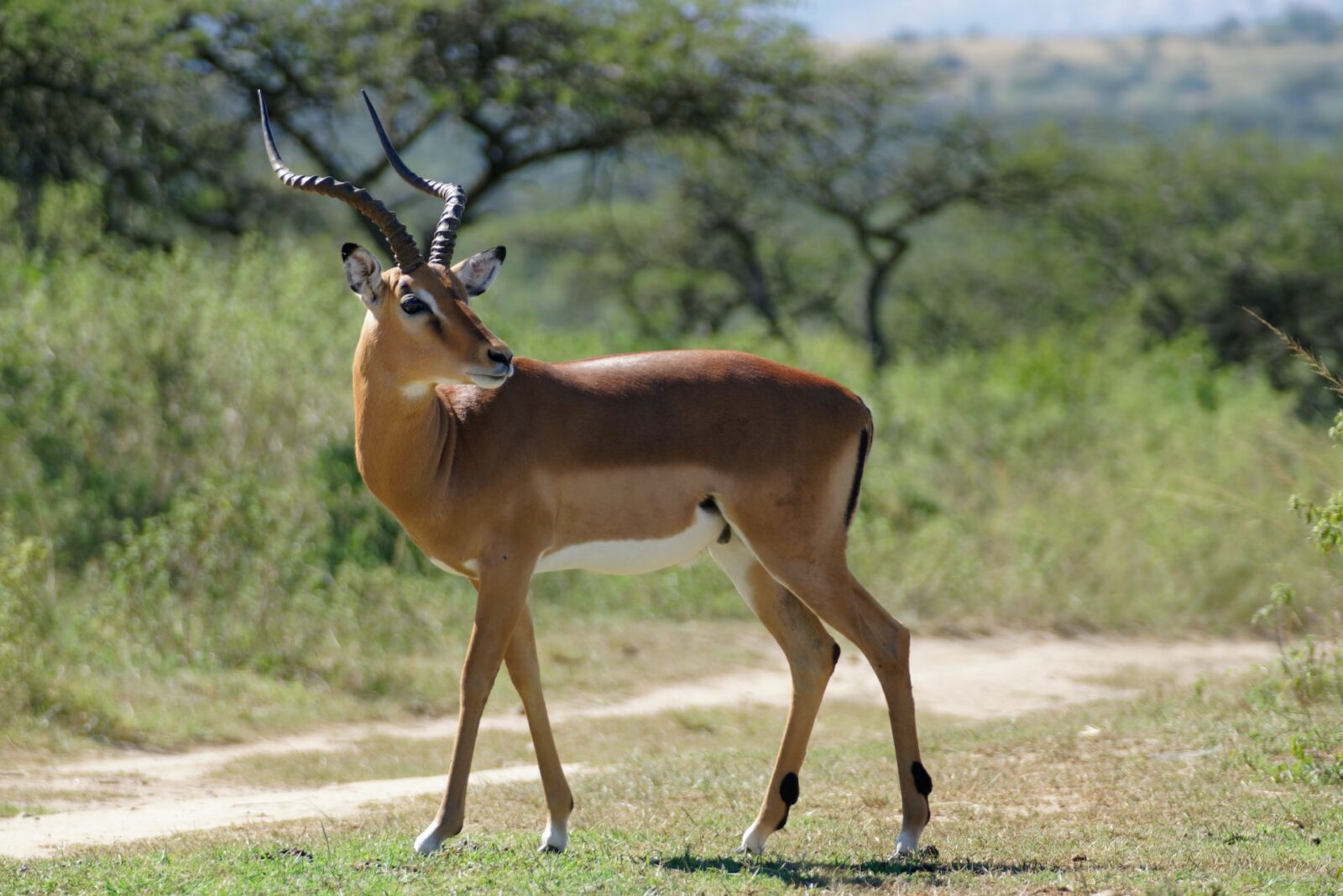
Primates of Global Significance
Primates hold a special place in the reserve’s biodiversity. Visitors may encounter olive baboons, black-and-white colobus monkeys, red-tailed monkeys, and patas monkeys. However, the highlight for many is the presence of chimpanzees. Though not as habituated as those in Kibale National Park, the chimpanzees of Toro-Semuliki are vital for research and add an element of excitement to nature walks, where distant calls or fresh nests hint at their presence.
Birdlife Beyond Compare
For ornithologists and bird enthusiasts, Toro-Semuliki Wildlife Reserve is a paradise. With over 440 recorded species, it is one of Uganda’s richest birding areas. The mix of savanna and forest habitats allows sightings of both woodland and wetland birds. The iconic shoebill stork, a highly sought-after species, is occasionally spotted in swampy areas. Raptors such as African fish eagles, palm-nut vultures, and martial eagles patrol the skies, while colorful bee-eaters, turacos, and hornbills enliven the forest canopy.
Aquatic Life Along the River
The Semuliki River itself teems with life. Pods of hippos and stealthy Nile crocodiles dominate the waters. Fish species support both wildlife and local fishing communities, ensuring the river remains central to the reserve’s ecological and human balance.
Activities in the Reserve
Game Drives
Guided game drives provide the best opportunity to explore the diverse habitats of the reserve. Unlike busier parks, Toro-Semuliki offers a more exclusive safari experience, with fewer vehicles and a greater sense of solitude. Drives often reveal large antelope herds, bird concentrations, and sometimes predators in action.
Guided Nature Walks
On foot, visitors engage directly with the environment, discovering details often missed from a vehicle. The walks highlight primates, smaller mammals, and birdlife, as well as medicinal plants and traditional uses of the forest by local communities. The intimacy of walking safaris creates a stronger sense of immersion in the reserve.
Boat Safaris on the Semuliki River
The river provides another dimension of exploration. Boat rides along its course reveal hippos, crocodiles, and waterbirds at close range. The gentle flow of the river, combined with the drama of wildlife sightings, creates a serene yet exhilarating experience.
Community and Cultural Experiences
The reserve is surrounded by communities including the Bamba and Batwa peoples, whose cultural heritage is deeply tied to the land. Visitors can engage in cultural tours, learning about traditional hunting methods, dances, and folklore. These experiences highlight the human dimension of conservation, showing how people and wildlife coexist.
Conservation Importance
A Refuge for Biodiversity
Toro-Semuliki Wildlife Reserve plays a crucial role in preserving species that depend on both savanna and forest habitats. Its strategic location along the Albertine Rift makes it part of one of the most biodiverse regions in Africa. Protecting the reserve ensures the survival of species found nowhere else on the continent.
Human-Wildlife Coexistence
The reserve also demonstrates the challenges and opportunities of balancing conservation with community needs. Local people rely on the land for agriculture and grazing, yet conservation programs encourage sustainable practices, alternative livelihoods, and tourism benefits. This model of coexistence remains a critical experiment for Uganda’s protected areas.
Research and Education
The reserve provides opportunities for scientific research, particularly on chimpanzees, bird species, and ecosystem dynamics. By supporting studies, Toro-Semuliki contributes to global knowledge about biodiversity conservation and climate resilience.
The Best Time to Visit
Toro-Semuliki Wildlife Reserve can be visited year-round, but conditions vary with the seasons. The dry seasons from December to February and June to August are the most favorable for wildlife viewing and accessibility. Roads and trails are easier to navigate, and wildlife congregates around water sources, increasing the chances of sightings.
The wet seasons from March to May and September to November bring lush landscapes and heightened bird activity, though accessibility can be more challenging due to muddy tracks. Birders often prefer these months, as migratory species join the resident populations. Regardless of timing, each season offers its own rewards, making the reserve a versatile destination.
Accommodation Options
The reserve and its surroundings offer a range of accommodation to suit different tastes and budgets. Safari lodges and tented camps provide comfortable stays close to the reserve, while community-based options offer more rustic but culturally enriching experiences. Staying within or near the reserve enhances the sense of immersion, allowing early morning and late evening activities when wildlife is most active.
Why the Toro-Semuliki Wildlife Reserve Matters
What makes Toro-Semuliki unique is its blend of landscapes, biodiversity, and cultural heritage. It is not as crowded as Uganda’s more famous parks, offering visitors a sense of discovery and exclusivity. It is a reserve where one can experience both the drama of Africa’s wildlife and the intimacy of cultural encounters, where the roar of a hippo may mingle with the distant sound of Batwa music.
Its importance extends beyond tourism. By protecting habitats and species, it contributes to Uganda’s ecological health and cultural resilience. It serves as a reminder that conservation is not only about animals but also about people and their relationship with the land.
A Destination Worth Discovering
The Toro-Semuliki Wildlife Reserve may not be as well known as Uganda’s larger national parks, but it embodies the essence of what makes African safaris truly remarkable. Its landscapes are diverse, its wildlife abundant yet unspoiled, and its cultural heritage rich with meaning. To journey here is to discover not just animals and birds but also stories, histories, and the enduring spirit of a land that has nurtured both people and nature for centuries.
For travelers seeking an experience beyond the ordinary—where solitude, authenticity, and diversity combine—Toro-Semuliki is a destination worth prioritizing. To make the most of this journey, it is recommended to plan with experts who understand the rhythms of Uganda’s wilderness. For seamless, insightful, and unforgettable African adventures, visitors are encouraged to book their tours and safaris with WildHorn Africa, a trusted partner in unveiling the continent’s finest treasures.

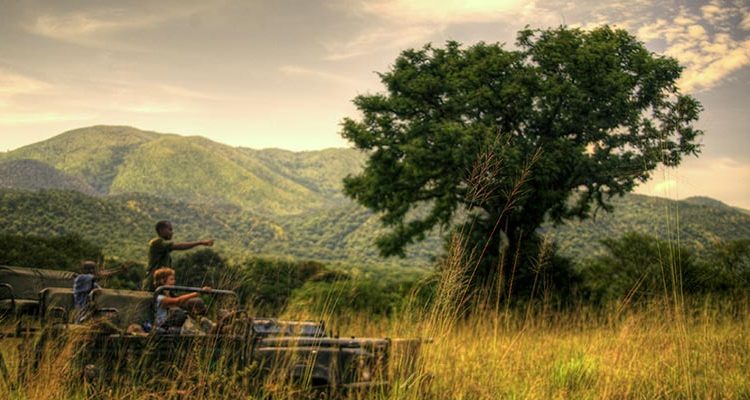
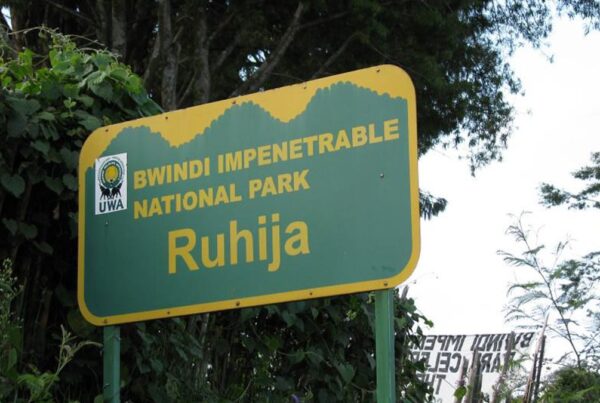
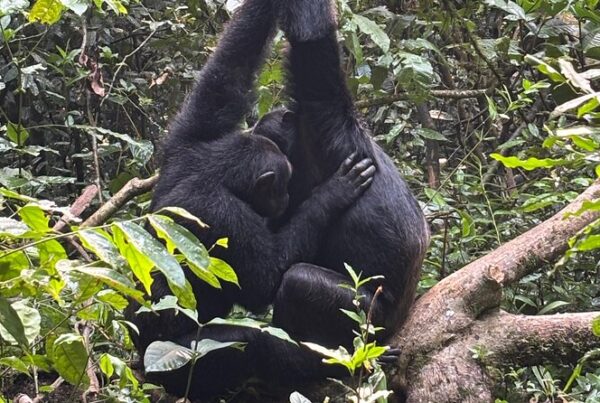
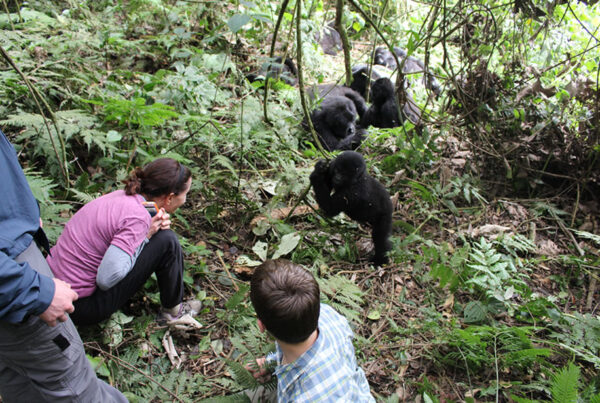
 WildHorn Africa – Authentic and unforgettable tours across Africa, guided by local experts who know the land, wildlife, and culture best.
WildHorn Africa – Authentic and unforgettable tours across Africa, guided by local experts who know the land, wildlife, and culture best.


